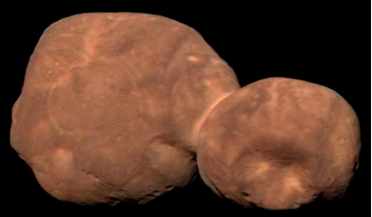 14 February 2020
Arrokoth helps resolve longstanding controversy on Solar System evolution
14 February 2020
Arrokoth helps resolve longstanding controversy on Solar System evolution
..., traveling 3.26 billion miles (5.25 billion kilometers) across our solar system, NASA’s New Horizons spacecraft flew past Pluto and its...because it formed in a local collapse cloud of the solar nebula. This is far removed from the other alternative ...
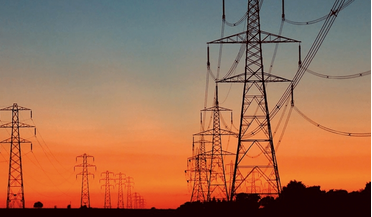 August 2019
Lessons from the Sun
August 2019
Lessons from the Sun
... the fastest CME transit time to Earth - only 14.6 hours. The towering trianglular shape of the McMath-Pierce solar telescope at Kitt Peak, Arizona, USA. Hints of rogue structures in interplanetary space came quickly as spacecraft reported increased...
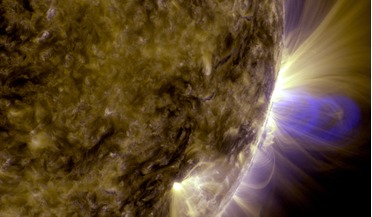 08 April 2019
Rain on the Sun links long-standing solar mysteries
08 April 2019
Rain on the Sun links long-standing solar mysteries
... enigma, while no less important, involves processes that drive the solar wind. Key to both of these phenomena is something called coronal... new explanation, but she also hopes that the Parker Solar Probe, which is traveling closer to the Sun than any...
 10 May 2016
When sunspots are minimal, the solar magnetic field is at a maximum, say researchers
10 May 2016
When sunspots are minimal, the solar magnetic field is at a maximum, say researchers
... by a team of international researchers, has revealed that during times of its grand minimum phase - a period of unusually low solar activity – the Sun’s magnetic field is actually at a maximum and that it may hide at the bottom of the convection...
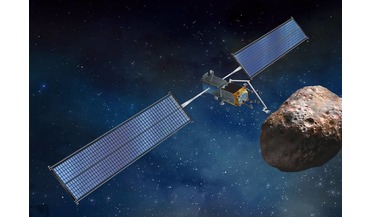 27 June 2017
New Roll-Out Solar Array tested at the ISS
27 June 2017
New Roll-Out Solar Array tested at the ISS
... a potential ‘standard’ in future satellites that make use of solar arrays, NASA has also been eyeing up the technology for use... a technique to deploy very large surface areas of flexible solar arrays, doing that efficiently with low risk. It’s more ...
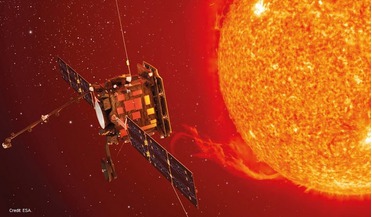 June 2015
Ultimate sunbather: NASA and ESA collaborate on Solar Orbiter
June 2015
Ultimate sunbather: NASA and ESA collaborate on Solar Orbiter
... assembly phase in a clean room environment including constant nitrogen purging of the instruments right through to launch. The Solar Orbiter mechanical and thermal model in the clean room at the test facility in Germany. Careful thruster placement...